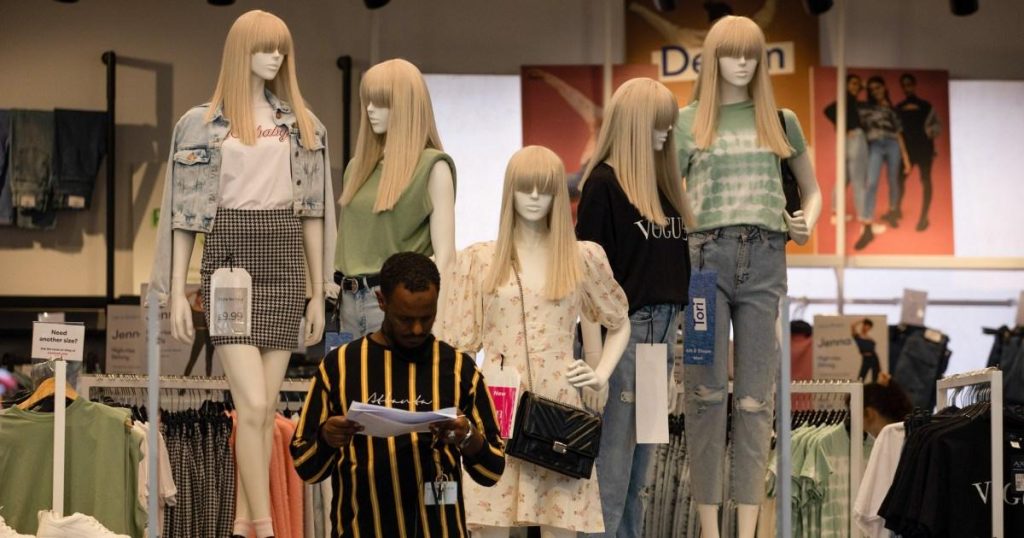New Look Store Closures: A Sign of the Times on the British High Street
New Look, a prominent fixture on the British high street, has confirmed the closure of its Wickford branch in Essex, marking the beginning of a potential wave of store closures. While the company attributes this particular closure to the landlord’s request, it has not disclosed any plans to relocate or open a new store in the area. This move coincides with reports that New Look is considering closing up to 90 of its 364 stores as their leases expire. This downsizing strategy is reportedly influenced by the Autumn 2024 Budget, which introduced increased National Insurance contributions and a higher minimum wage for employers, impacting the company’s operational costs.
New Look’s predicament reflects a broader trend affecting the British high street. The retail landscape has been undergoing a significant transformation in recent years, with online shopping becoming increasingly popular. This shift in consumer behavior has put pressure on brick-and-mortar stores, forcing retailers to adapt their strategies. Additionally, rising business costs, exacerbated by the recent budget changes, have further strained the profitability of physical stores, leading to closures and restructuring efforts. New Look itself has already undertaken two store estate restructurings in the past six years, reducing its store count from around 600 in 2018 to the current 364.
While the company hasn’t finalized any decisions regarding further closures, the looming threat underscores the challenges facing high street retailers. The rise in employment costs, a direct consequence of the budget changes, is a significant factor. The Chancellor, Rachel Reeves, defended the tax increases, arguing that they are necessary to stabilize public finances. However, critics argue that these measures disproportionately burden businesses, potentially leading to job losses and hindering economic growth. Business experts have warned of potential redundancies as employers grapple with increased overhead.
Despite the challenges, New Look maintains a significant presence in the UK retail market, ranking second in women’s wear market share for the 18-44 age group. The company emphasizes its omni-channel approach, combining physical stores with a strong online presence, to cater to its 10 million customers. This strategy allows New Look to reach a wider audience and provide flexible shopping options. The company has invested over £3 million in upgrading stores in Greater Manchester and plans to extend these improvements to 17 more stores nationwide, demonstrating its commitment to enhancing the customer experience.
New Look’s online platform has also seen significant growth, serving customers in 53 countries with over 246 million site visits in the last financial year. This strong online performance, coupled with an improved online margin, underscores the importance of digital channels in the company’s overall strategy. While store closures may be necessary for adapting to the changing retail landscape, New Look remains committed to exploring new opportunities and investing in its existing store estate. The company acknowledges the inevitability of occasional store closures due to landlord requests or site viability issues, but it emphasizes its ongoing search for suitable locations and its dedication to maintaining a physical presence.
The situation faced by New Look highlights the delicate balance retailers must strike between maintaining a physical presence and adapting to the rise of online shopping. While brick-and-mortar stores remain important for brand visibility and customer engagement, the increasing costs and changing consumer behavior necessitate a more flexible and adaptable approach. New Look’s focus on an omni-channel strategy, combining physical stores with a robust online presence, reflects this evolving retail landscape. The company’s continued investment in its online platform and efforts to enhance the in-store experience demonstrate its commitment to meeting the evolving needs of its customers while navigating the challenges of the modern retail environment.











